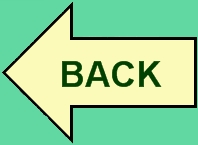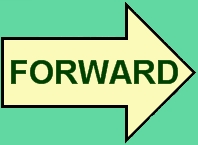[Articulating Betweenity]
Technology and/as Passing
Passing marks a fertile and fun, but also sometimes a stuck and painful, always shifting place in the lives of many modern deaf and hard-of-hearing people. I have written much elsewhere about passing. In this section, I offer three video clips as illustrations that turn, in particular, to the way that technology itself mediates, transforms, blends and enables a “bicultural” life for modern deaf/hard-of-hearing people.
There are precursors to this technologically mediated between space for deaf people. For example, some deaf people in the mid-19th century wrote—and wrote well—of their lives and experiences; the act and art of writing then (as now) served as a tool for shaping a mediated space between the speech of hearing people and the “mute” and “dumb” location (and locution) of deaf people. For example, In A Mighty Change, his remarkable collection of American deaf people’s written work between 1816-1864, Christopher Krentz has gathered the skill and commentary of deaf lives at this time.
Writing itself has always been a technology—for both better and worse—in service or in strain with deaf people’s lives and their articulation of their self, selves, and community.[5] Yet the subjects in the DALN/DHH collection also point toward some of the other significant technologies in play that currently matter much and help form the way deaf people articulate: themselves to themselves, themselves to deaf others (in community and identity), and themselves to (hearing) others.
Although really all the members in the DALN/DHH collection attend to the dance between technology and passing, three in particular serve here as illuminations of that dance, especially as it creates a complicated (comfortable yet also sometimes uncomfortable) between space of identity and literacy. First, there is me (myself and I), exploring how technology exquisitely enables but also then sometimes overturns and turns against “passing” as a deaf person in a hearing-speaking world. Second, we engage with Warren Francis, a successful undergraduate student at Ohio State University in his (then) senior year, as he explores how he might use technology to explain one’s deafness to oneself and others. Third, a Korean deaf graduate student (herself still fairly new to expression in American Sign Language as employed, through an interpreter, on the clip) simply but profoundly indicates the impact of the Internet on her social and educational life.
----------------------------------------
[5] See my collection, Literacy and Deaf People: Contexts and Communities (Gallaudet UP, 2004).

